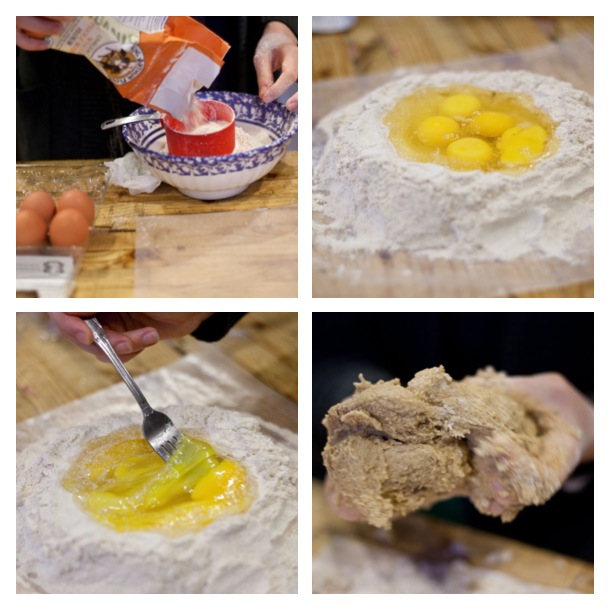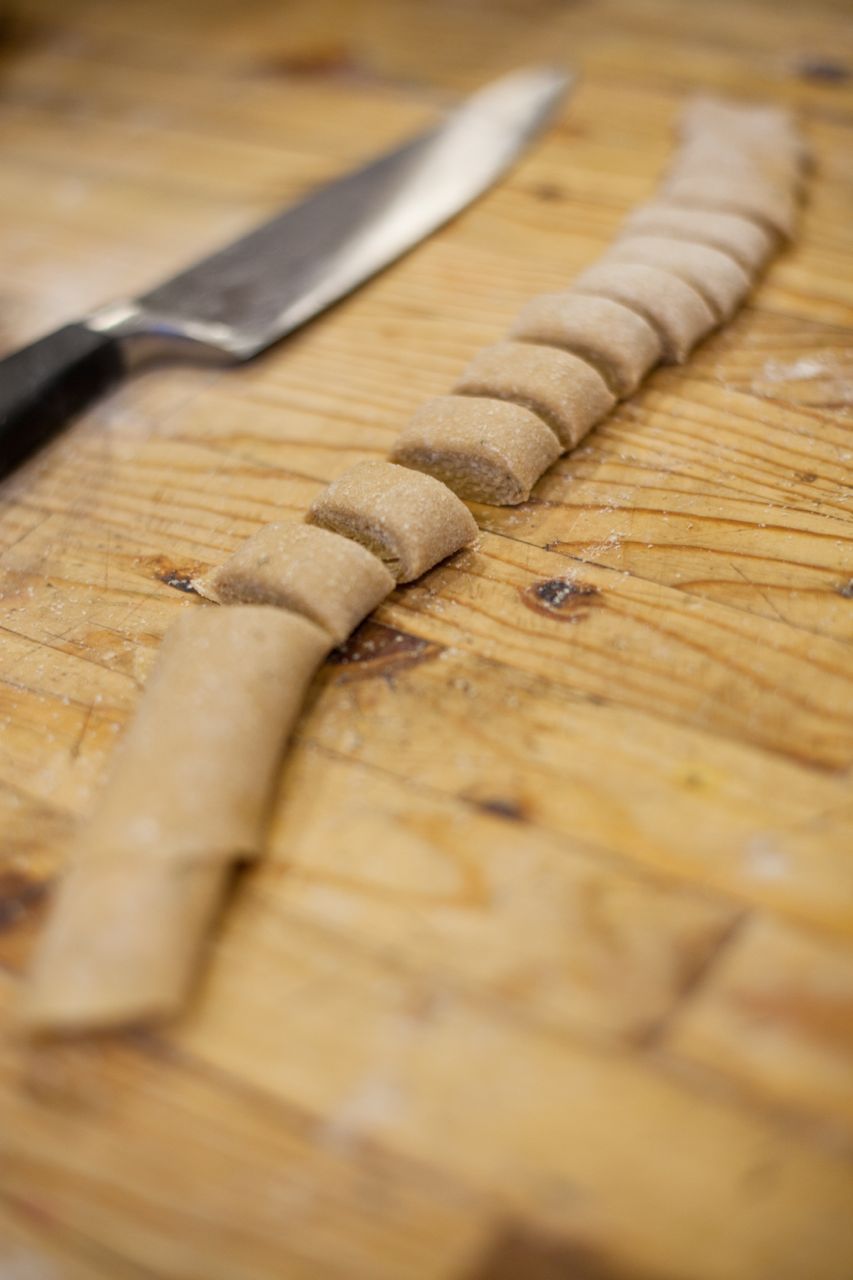After returning to the States from cool and balmy France, I came home to what seemed like a strawberry explosion. Excited for the season I went to my favorite fruit farm, Phillips Farm in New Jersey, and quickly picked up 2 pounds. The following day our farm share from Lancaster Farm Fresh was loaded with 4 quarts of the most delicate beauties. Dumbfounded and gitty, I immediately thought, preserves. When you have this amount of berries on your hands, the possibilities are endless. However strawberries are pretty perishable, and a lot of the varieties I prefer, bruise easily and taste best when eaten within a couple days of picking. Preserving these badboys allows you to enjoy their freshness year round; and believe me, come December, you'll be so happy you saved yourself a jar. The other great thing about this preparation is that you can also immediately do whatever you can think of with the stuff. From cocktails, pies, and ice creams, this base is extremely malleable for all your strawberry dreams. So get into the field before the season passes and enjoy the taste of the season!
Strawberry Rhubarb Preserves
Makes 6 half pints
3 pound fresh strawberries, hulled and sliced
2 pound fresh rhubarb stalks, leaves removed
3 1/2 cups granulated sugar
Method
Wash & clean berries and rhubarb. Hull berries and slice in half, set aside in bowl. Chop rhubarb into 1/2 inch pieces and place in the bowl with the berries. Cover with sugar and stir. Set aside for a minimum of 2 hours or overnight.
Prepare sanitized 1/2 pint jars and set aside. If you want to can them, prepare a water bath for jars.
Strawberry Thyme Waffles
When the juices are released from the fruit pour into a large skillet over high heat. Bring to a rapid boiling, stirring often for around 10 minutes or until the juice is thick. Remove from heat and funnel into sanitized jars. Secure lid to jars and boil in water bath for 10 minutes or simply store in the fridge for up to 4 weeks.
Try these preserves in syrup on waffles, folded into whip cream to make a 'fool' or even stirred into your favorite gin.
My strawberry partners in crime @ Springdale Farms
Local Pick Your Own Locations (Philadelphia Area)
881 Highland Road, Newtown, PA 18940.
215.860.6855
2575 County Line Road, Telford, PA.
215.723.3508
Manoff Market GardensComfort Road, Solebury, PA 18963.
215.297.8220
931 Stony Hill Road, Yardley, PA 19067.
215.968.1670
1638 S. Springdale Road, Cherry Hill, NJ 08003.
856.424.8674
Greentree Road & Dalton Drive, Glassboro, NJ.
856.589.9234
290 Church Rd, Milford, NJ 08848
908.995.0022


























